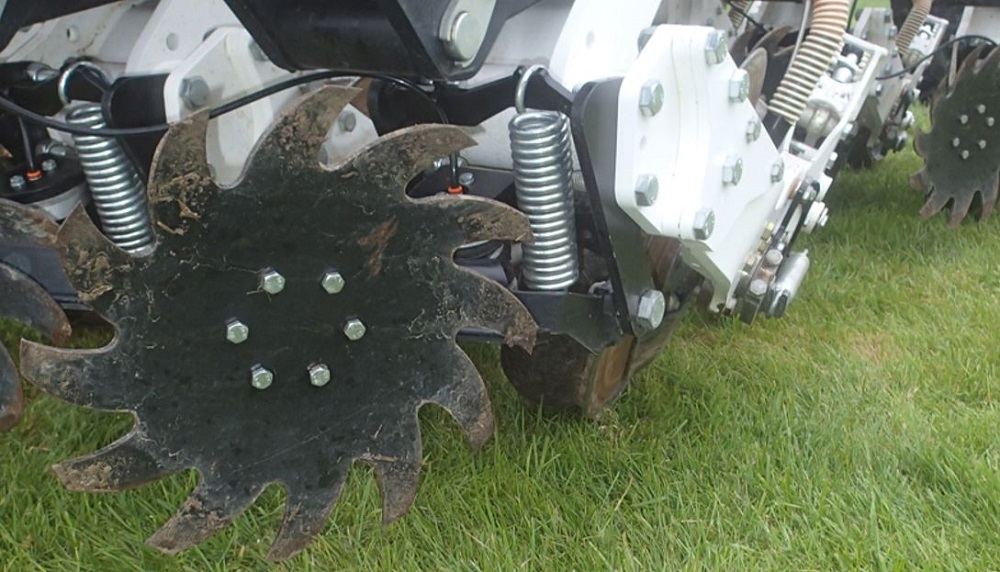- Home
- Knowledge library
- Cultivation and establishment for arable crops: A glossary of terms
Cultivation and establishment for arable crops: A glossary of terms
Use this glossary to understand words, abbreviations and acronyms used in our crop cultivation and establishment pages.
When soil particles (sand, silt and clay) bind together to form clumps.
The weight of cultivation and establishment equipment above each wheel axle.
When raindrop impact causes soil particles to disperse and form a 1–10 mm thick crust or cap on the soil surface.
"Soil mineral particles less than 0.002 mm in diameter.
The process by which the soil density increases due to trafficking or soil working when conditions are unsuitable.
Controlled-traffic farming (CTF) uses global positioning system (GPS) guidance and combines matched tillage and drilling widths. It puts cultivation, seed drill, combine harvester and crop sprayer passes into dedicated pathways.
Crop is established in one pass, directly into land without prior cultivation.
Microbial breakdown of organic matter in the soil, releasing nutrients in crop-available, inorganic forms.
Also known as zero-till, no-till is associated with a low level of soil disruption.
A form of cultivation that does not turn the soil, keeping the soil surface in place.
When soil acts like plasticine due to a high moisture content, making it soft and easily deformed.
The angle from the ground to the soil-engaging part of a soil-loosening tool.
Cultivation and establishment systems that move less soil compared to conventional plough-based systems.
Soil mineral particles larger than 0.05 mm.
Water within the soil breaks down soil aggregates, causing soil to become structureless.
Soil mineral particles in the 0.002–0.05 mm diameter range.
When more water is removed by evaporation and plant transpiration (evapotranspiration) than is added through rainfall and irrigation.
Description based on the proportions of sand, silt and clay in the soil.
Description based on soil texture, depth, chalk content and organic matter content.
Cultivates the strip in which the crop grows, rather than the full field.
The vertical height of the wings over which the soil will be lifted.
See no-till.
 Wright Resolutions Limited
Wright Resolutions Limited

